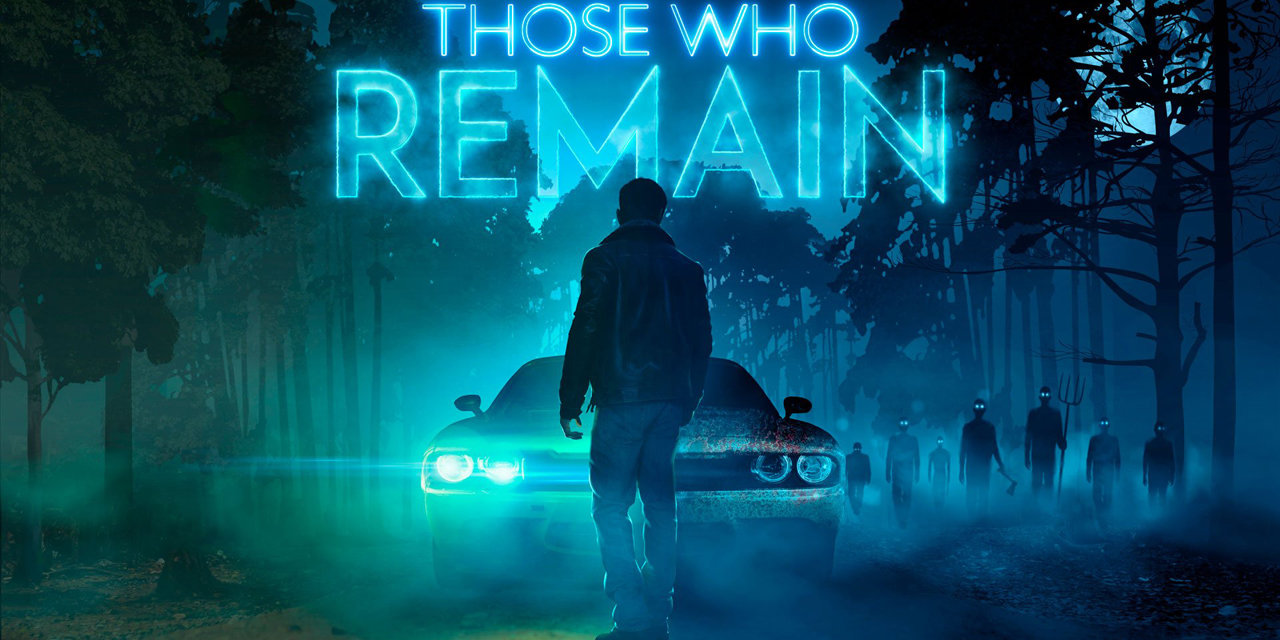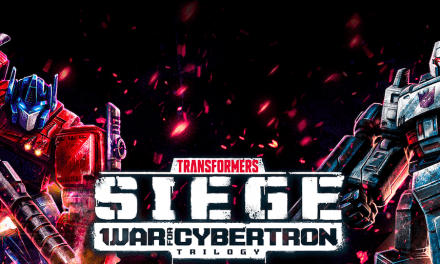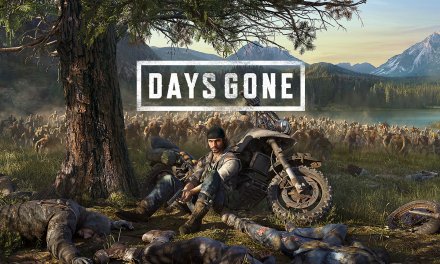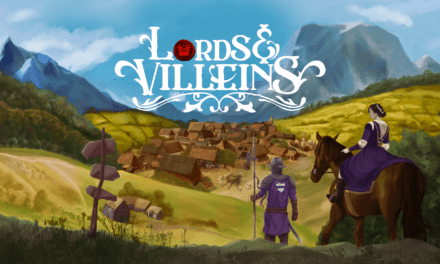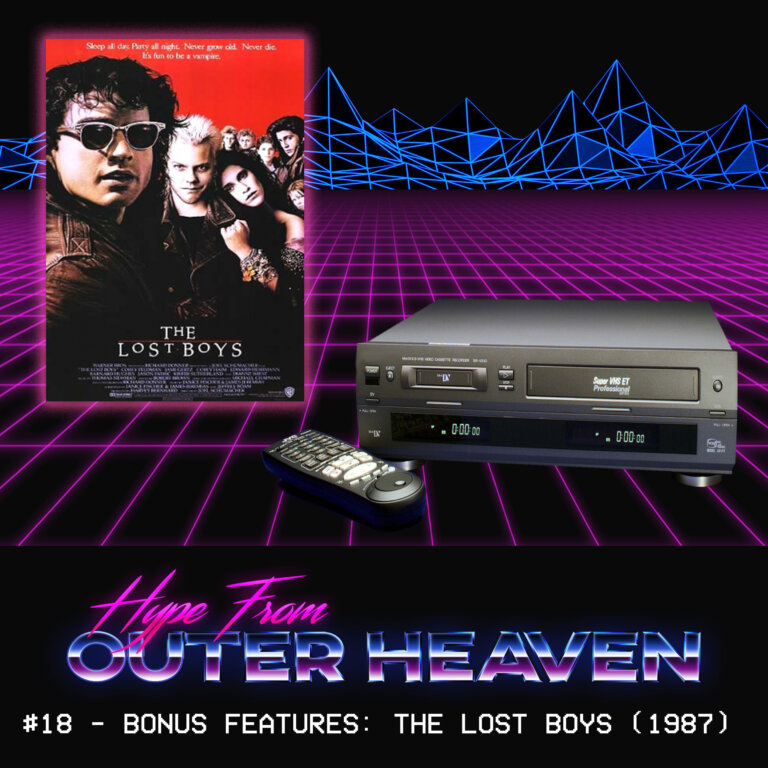“Look across the water, into the darkness. Look for the fog.”
Following a somewhat successful launch last Thursday on May 28th, developer Camel 101 have seen a swath of mixed reviews for their indie horror title: Those Who Remain (check out my full review here) which features protagonist Edward Turner, as he journeys into his own personal nightmare in the haunting town of Dormont. Before the game’s release last week, I managed to sit down with two thirds of Camel 101: Ricardo and Bruno Cesteiro about their (then) upcoming horror title, discussing the main inspirations behind the game, the challenges of it’s development as well as the brother’s passion for horror movies, something that I can get on board with 100%. Join me, Bruno and Ricardo Cesteiro as we discuss all things Those Who Remain.
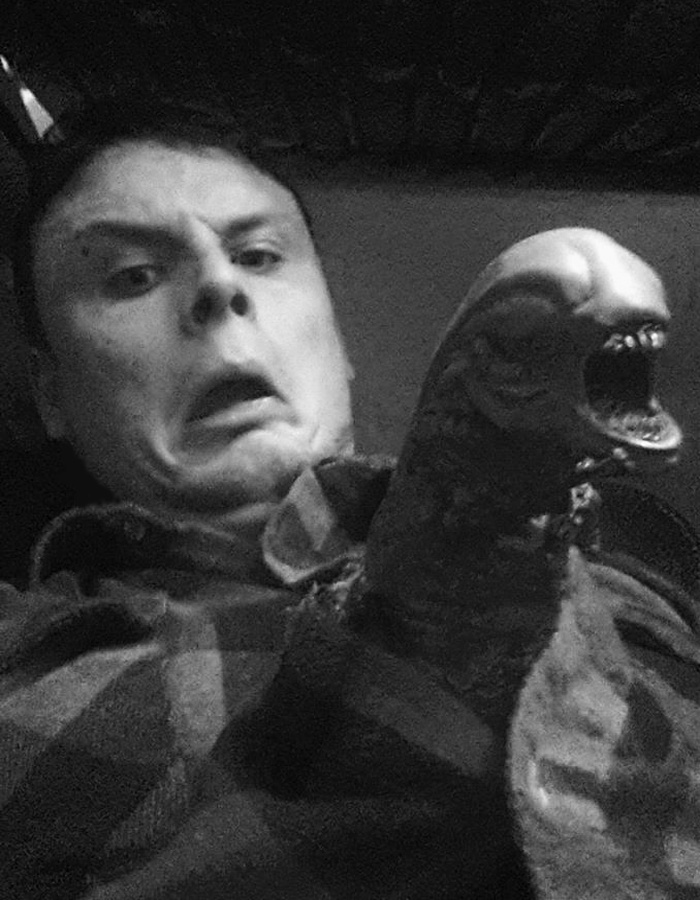
Interviewer: Kyle Doherty (@Antigenetic92) 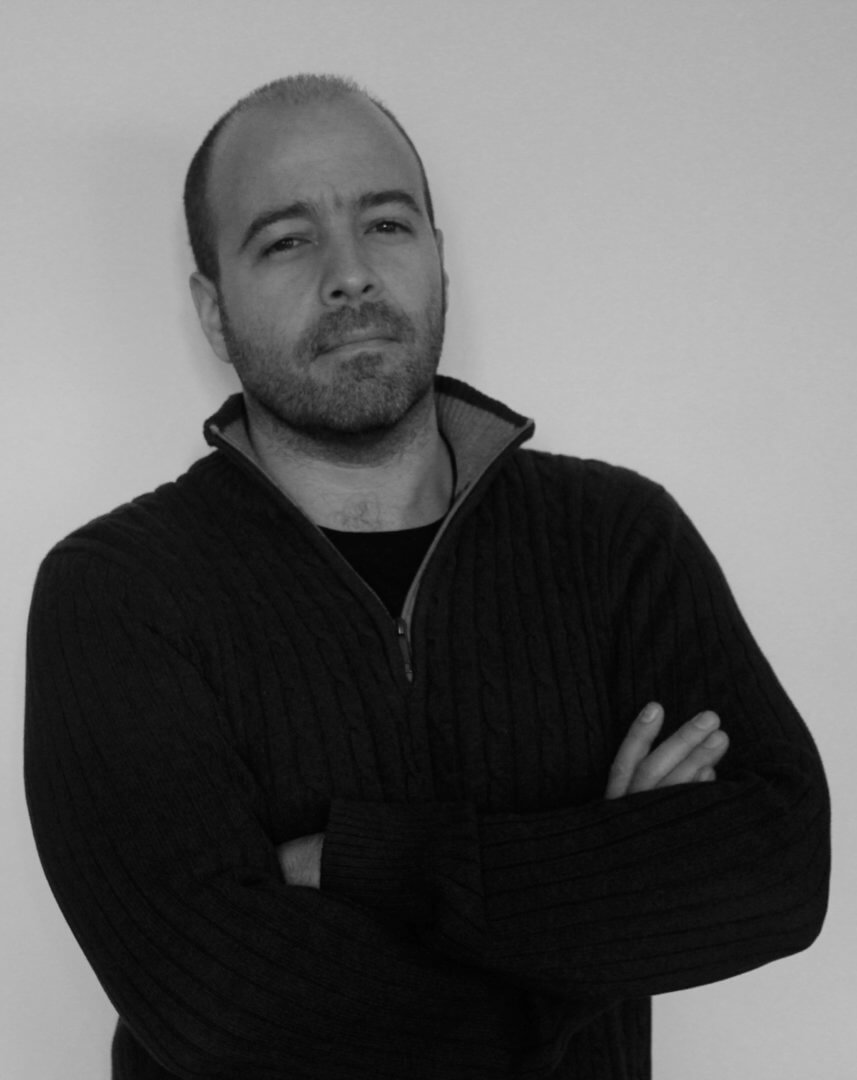
Interviewee: Ricardo Cesteiro (@donkajet) 
Interviewee: Bruno Cesteiro
Kyle: Hi Ricardo, I hope all is well with you, Bruno and Boris in this uncertain time we find ourselves in currently with COVID-19, it’s certainly something that has taken the world by storm to say the least. Where to start anyway, I first sat down and played Those Who Remain with yourself and Boris from Camel 101 within the indie ‘Rezzed’ section at EGX 2018 in Birmingham, and instantly found myself enthralled by the game’s subject matter and artistic design. With obvious nods to the likes of Silent Hill, Alan Wake, Stranger Things, and even Stanley Kubrick’s 1980 masterpiece: The Shining (that carpet was unmistakable) what was the primary influence when developing Those Who Remain?
Ricardo: Hi Kyle, EGX 2018 was a great show. I believe it was one of the first times that we showed the game to the public outside Portugal. It was me (Ricardo) and Boris, the 3d artist that were showcasing the game. Bruno unfortunately wasn’t present on that show. Well, the game has several influences from different sources. We’re horror geeks ourselves, so we consume a lot of horror media: videogames, movies, tv shows and even immersive experiences. One of the biggest influences in the creation of the setting was Twin Peaks, which isn’t exactly horror. Dormont, the fictional town where the action takes places is similar to Twin Peaks: which looks like a calm and peaceful place where nothing really happens and everyone is happy, but it’s also harbouring dark secrets underneath the surface. I’m a huge David Lynch fan – I love the way he blends everyday stuff with all that surreal weirdness, and so we tried to capture that same feeling here.
There’s also a bit of Stranger Things in the game. We were playing around with the idea of portals and dimensions when we first started outlining / planning how everything should work; then Stranger Things came along, and we thought how cool the ‘upside down’ looked. So, we made our own upside down – different rules, different origins of course, but it’s also like a twisted version of our own reality. It’s impossible to look at the shadow creatures who stand in the dark and not think about the ghosts from John Carpenter’s ‘The Fog’. There are many influences in the game, and we actually placed several Easter eggs and references throughout the game – our way of paying homage to stuff that we love.
Kyle: I’m also a massive fan of both David Lynch and Twin Peaks, especially the opening theme, which is probably one of the most calming pieces of music known to man, acting as somewhat of a paradox in comparison to the subject matter of the TV show. As I’m somewhat of a fanboy for the works of John Carpenter, it’s interesting to see the connection you’ve placed between the shadow creatures Carpenter’s 1980 film: The Fog, which is a connection I definitely didn’t make at the time. If I recall correctly, the demo build of Those Who Remain at EGX 2018 placed you in the shoes of Edward Turner, who finds himself in the haunting, Silent Hill-esque town of Dormont. Has the direction of the game’s narrative changed at all? Or is it still largely the isolated ordeal of Turner?
Bruno: It’s still the story of Edward. His adventure might have a good ending or not, depending on the player’s actions, but his adventure will end with this game. That’s not to say that we can’t explore other stories or characters in this universe though.
Kyle: That’s definitely something that interests me, as exploring the individual stories of other characters in the same desperate situation is something that other Horror IP’s (Silent Hill 2 comes to mind) have done well in the past, it will be interesting to see how this manifests in Those Who Remain. In terms of the team working on the game, I remember the project was largely under development by yourself and Bruno (the founding members of Camel 101) as of EGX 2018; has the scope of the project resulted in the size of the team to be increased? If so, is development of the game’s art direction and gameplay broken down into different departments or is it all produced in-house by the same individuals?
Ricardo: Our core team has three members: myself, my brother Bruno and Boris. You could say that we built most of the game ourselves, but we had to recruit a number of outsourcers who helped us with specific tasks, like audio design and 2D art; everything was done in-house though. While the scope of the project didn’t increase, we eventually decided that it would be too much work for such a small team to do everything alone (production, console ports, marketing and publishing) so we got the help of an amazing team – Wired Productions, our publisher – who brought extra hands and experience, speeding up the last stages of development.
Kyle: Completely understandable given the video game market these days, especially with console ports which was probably a mammoth undertaking in and of itself. Going back to an earlier point I made (also being a massive fan of psychological horror) I have to ask about that carpet; was The Shining a large influence on the themes explored within Those Who Remain? Or was the carpet merely a ‘nod of the head’ to the Stanley Kubrick film?
Ricardo: Impossible not to love that carpet, right? It’s more a nod than a large influence. The Shining has a special place in my heart, it was probably one of the first horror movies that I saw. I was really young – the twins and the woman in the green room really got to me.
Kyle: I have the carpet design on a pair of socks and a jumper, could quite easily spot it a mile away! A pastiche is always the best way to compliment a piece of art I’ve found, and like yourself The Shining (especially Jack Nicholson’s performance as Jack Torrance) will always be one of my all time favourite horror films, especially with the way it deals with isolation and the slow-burning insanity of Jack, made all the more prominent through the film’s harrowing score. One of the strongest aspects of any psychological horror game (or movie) is sound design, one that can truly unnerve the player and get directly under their skin with every ambient sound; is this something that has been done with the atmosphere within Those Who Remain? If so, what has been the main inspiration behind the game’s score and ambient sound design?
Ricardo: The audio design is always important, but it gets extremely important in this kind of game.
One of the first design decisions that we made was that we didn’t want any music – the audio should be based on ambient sounds. Music fits nicely in action horror games, but not so well in this kind of more focused experienced, as it can completely break the immersion. So, we started placing a few sounds ourselves, to see how everything would fit. We are not audio designers ourselves, but we were pretty happy with the results, it was immersive. Further down the line, we got the help of two really talented sound designers who did everything from scratch. We explained our vision and gave them free reins. The setting of the game has a classic retro vibe, with old cars and diners, so they did the same with the sound, getting cues from some 80’s horror flicks.
Kyle: That’s an admirable choice, I think the use of music and audio design definitely has to reflect the moment to moment instances of the game in question; in the case of Those Who Remain, the lack of a traditional soundtrack makes sense, as you’ve mentioned it’s a more focused experience, in which immersion is paramount to the game’s atmosphere. On the subject of atmosphere, it acts as the catalyst for any genre-pushing horror game, especially when it can truly get into the mind of the player. Amnesia: The Dark Descent is a game that will always come to mind that has an atmosphere that lingers with you long after you’ve turned the game off; is this something you’ve aimed for with Those Who Remain? If so, what have you done to achieve this?
Ricardo: That is exactly what we’re trying to achieve here. One of the major design decisions that we made early on was that we didn’t want to base our game on jump scares. I don’t have anything against jump scares, but I feel that it’s an over-used trick, both in videogames and movies, that tends to quickly get repetitive, predictable and annoying. And scaring someone momentarily is not the same as creating a scary experience. So instead we focused on creating an oppressive and unnerving atmosphere, that will always leave the player tense, not knowing what to expect. The player is constantly surrounded by shadow people, with their gaze following them wherever they go. This feeling of being watched combined with the fear of the dark is much more powerful than some random face screaming in front of the camera. Then we introduce new dangers and enemies as the game progresses, so that the previously established rules of danger and safety are shattered, and the player has to re-learn and rethink how to act.
Kyle: I’m the first to agree with you when it comes to jump scares being a gimmick, while they cause an initial shock to the system, they fail to deliver any lasting tension which is where psychological horror shines. Upon reflection (and if I recall correctly) the initial creature concepts designed by Bruno were largely formed of twisted and deformed human anatomy reminiscent of works from H.R. Giger and Francis Bacon; was surrealist art a large inspiration for the design of the game’s creatures?
Ricardo: That would be Boris, the 3D artist 🙂 Bruno is in charge of tech & coding. The initial designs of the creatures were more alien and fantasy looking. While there was nothing wrong with how they looked, we felt that their unnatural look wasn’t very unnerving, it wasn’t really that scary. So, we scrapped these initial designs and created something more humanoid. The difference was striking, it really became much scarier when the creatures resembled humans. The mind also tends to wander and ask questions of its own: who are they? are they ghosts? demons? human? were they ever human? Our other designs mostly followed this rule – having some sort of humanoid resemblance, even though they would be horribly transfigured or monstrous-looking. Exactly just like H.R Giger does – he was indeed a reference.
Kyle: I can always appreciate artistic inspirations taken from H.R. Giger, I have a whole tattoo sleeve dedicated to the guy’s work, who was also the progenitor behind one of my all-time favourite horror movie creatures: The Xenomorph from Ridley Scott’s 1979 Sci-Fi horror classic: Alien. As we’re close to the release of the game on May 28th across all major platforms, many are eager to get hands on the game. Is the release of Those Who Remain going to be purely digital? Or are there plans for any physical releases later on down the line? Additionally, what is the game going to be priced at in the UK?
Bruno: The game was actually supposed to be released simultaneously on digital and physical, but COVID-19 changed our plans. Although development itself wasn’t affected, the manufacturing and production side of things were, which means the retail version was pushed back a couple of months. So, you can definitely expect a physical version of the game coming out in the summer. The digital version will be launched with an RSP of £15.99.
Kyle: It’s definitely one that I’ll be keeping my eye on when it comes to launch. Thanks for taking the time to speak to myself and Game Hype guys. Stay safe and we look forward to the release of Those Who Remain, as well as whatever you have planned for the future!
Those Who Remain is currently out on all major platforms now for £15.99; to see my full review of the psychological horror title, please follow the link here. As always, stay tuned to Game Hype for all of the latest from the world of video game horror, as well as my own personal Twitter feed: @Antigenetic92. Stay scared folks!

